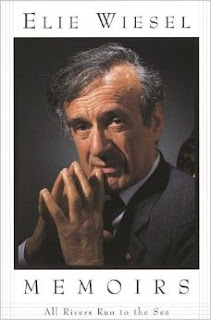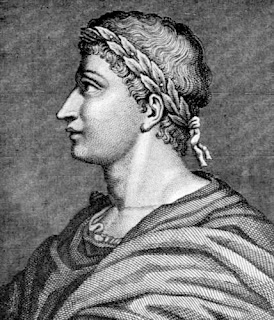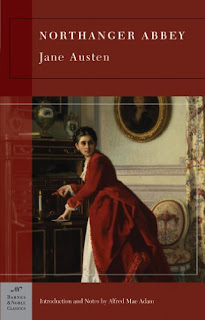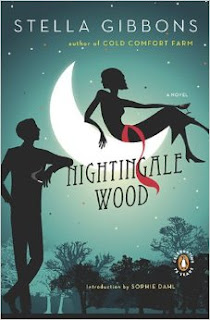
I used to regularly participate in the 52 Books in 52 Weeks challenge. It was one of my favourite challenges and was reasonably easy for me to accomplish. Then life became busy and 52 books now seems almost impossible to read in a year. But 2019 is a new year and I’m determined to make reading more of a priority. So the 52 Books in 52 Weeks challenge is back on Classical Carousel!
For this challenge, all you have to commit to do is to read 52 books, 1 during each week of the year. The rules are relatively broad and easy to accomplish:
- The challenge will run from January 1, 2019 through December 31, 2019.
- Our book weeks will begin on Sunday
- Week one will begin on Tuesday, January 1st.
- Participants may join at any time.
- All forms of books are acceptable including e-books, audio books, etc.
- Re-reads are acceptable as long as they are read after January 1, 2019.
- Book may overlap other challenges
- If you have a blog, create an entry post linking to this blog.
- Sign up with Mr. Linky in the “I’m participating post” in the sidebar
- You don’t have to have a blog to participate. Post your weekly book in the comments section of each weekly post.
- Mr. Linky will be added to the bottom of each of the weekly posts for you to link to reviews of your reads.
Already I have some books on my radar to read including Tom Jones, The Life and Opinions of Tristram Shandy, Moby Dick, David Copperfield, Kidnapped and The Grapes of Wrath.
I’m excited to add the 52 Books in 52 Weeks challenge to my Back to the Classics, and Newbery Award challenges for 2019! What challenges are you going to participate in in the new year?









